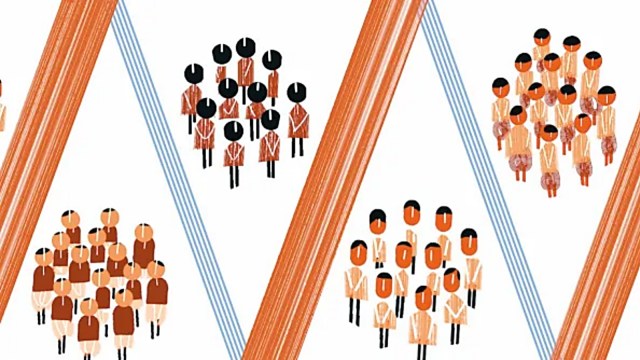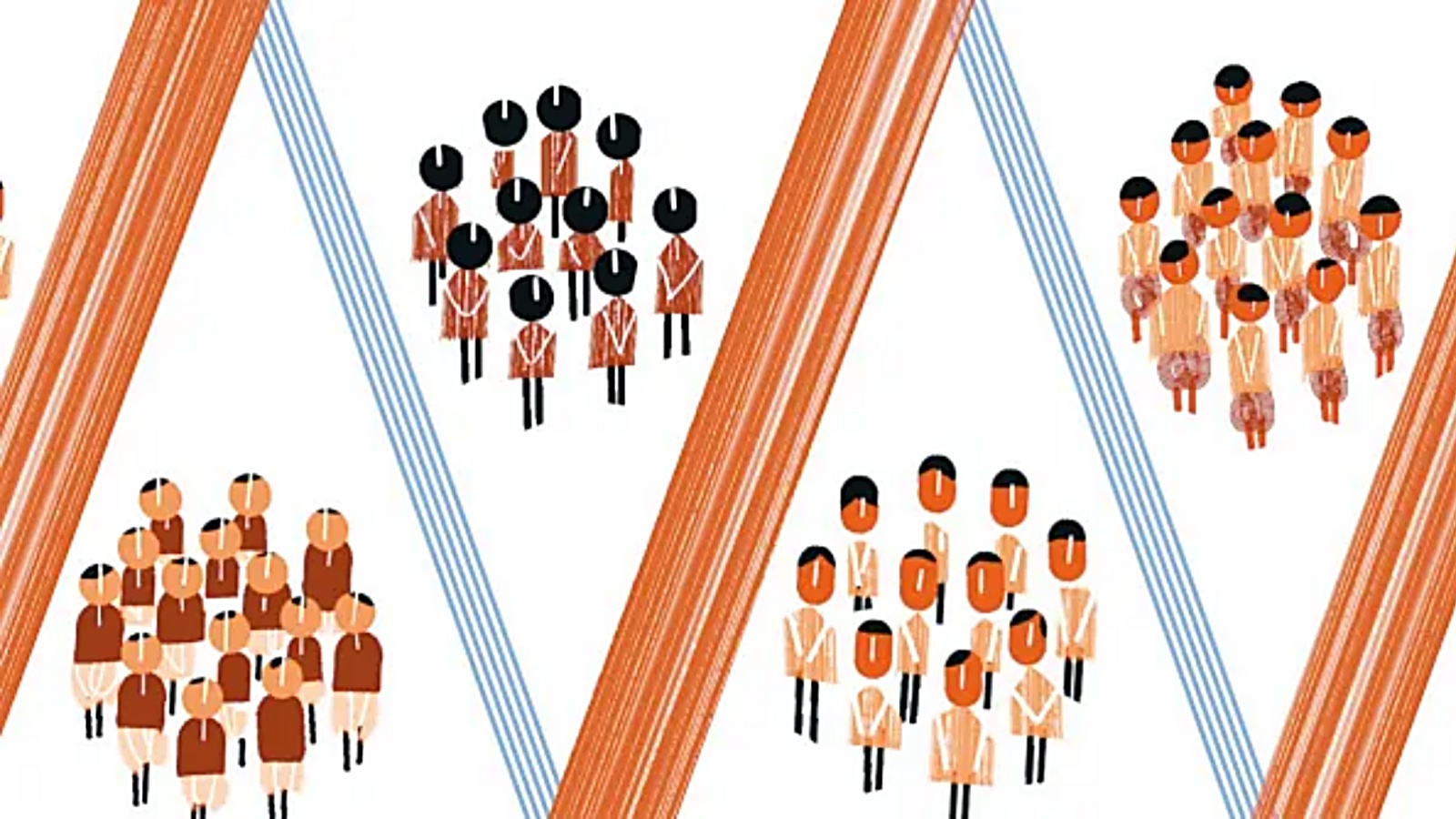
This is in response to Sanjay Srivastava’s article (‘Not talking about caste’, IE, September 7) about the need to talk about caste. He might be right about caste as cultural capital. The “upper castes” who are endowed with it can consolidate and accumulate their wealth, both material and cultural. But a question worth asking is: Who are these “upper castes”? The implication is that this category consists of the savarna group consisting of Brahmins, Kshatriyas and Vaishyas. But these are mixed categories.
In North India, the Nath Panthis, a well-known sect, was excluded from Hinduism. But its chief has become the Chief Minister of Uttar Pradesh and according to media reports some cheeky progressives address him as Mr Bisht – his caste name — and even promote him to the ranks of a Kshatriya. Not too long ago, there was a controversy over whether the Prime Minister belongs to the OBC category. The scope for this controversy arose because his caste occupation had something to do with oil production and sale. Further, the Yadavs of Uttar Pradesh are proud that they are Yadu vanshis and inheritors of Lord Krishna’s legacy. But who was Lord Krishna? Was he a cowherd or did he belong to a famous Kshatriya clan? And then, it was not long ago that a Congress spokesperson reminded the media that his leader was Yagnopaveet Brahmin belonging to one of the most sacred gotras of Kashmir. Can we regard him as a representative of the savarna category that has monopolised power or as a person representing deracinated, hybridised minorities who are the real subalterns?
I raise these questions because there are two social constructions of the reality of caste. The social construction that I presented above is of a system that has in practice allowed and accommodated admixtures, claims and counterclaims from various subaltern communities and castes. By contrast, there is the politically convenient construction, which depends on the rigid compartmentalisation of castes and their hierarchy that takes recourse to the dharma shastras. The latter interpretation has much to do with the interpretations offered by William Jones and Risely who were instrumental in introducing caste in the British official Census. As we all know, the British Census did indeed cast castes in a more rigid stratified frame and made it appear that Indian society was all about caste and caste distinctions.
Notions of purity and pollution did play a major role, especially as they affected the excluded castes but there were revolts both from savarna representatives and from the subaltern castes in our traditions that modified and tempered those notions, be it in the form of Kabir Panthis, Sikhism, or Basava’s Lingayatism. We should also not forget that the hold of ritual considerations in caste was broken by Islam. A vivid illustration is from Punjab and Rajasthan where Brahmins were counted as servicing castes. In North India, a popular term for caste is baradari which refers to clans.
The politically convenient construction of caste is now extended to the condemnation of Sanatani Hinduism. By conflating the ritualism of caste to Sanatani “Hinduism” leads to the demonisation of Hinduism as a rigid religion in the Western sense. If Semitic religions have certain fundamental dogmas, so does this Sanatani Hinduism that is based on the more oppressive dehumanised ideas of caste-based purity and pollution.
This politically convenient construction of caste has guided our search for equality to such an extent that it has changed the discourse of equality. Earlier, in the 1950s and 1960s, equality meant the achievement of a casteless and classless society. Many progressive socialists used to deride even the mention of caste. Since sociology in those days produced several tracts on caste, progressive socialists used to deride sociology as a casteist discipline that is trying to perpetuate the hold of caste by spreading consciousness of it. For them, caste was a superstructural phenomenon that would melt away as India progressed. Today, it is part of the progressive vocabulary to talk about caste. Those who claim that they are casteless are ridiculed for hiding their casteism for convenience.
There is some justification in asserting caste and the rights of castes. But seven decades or more of caste politics should make us realise that there is a flaw in it. The flaw has been articulated by Rahul Gandhi by pointing out that despite the practice of caste-based reservations, 90 per cent lower castes are left out and the 10 per cent upper castes still monopolise coveted positions. This means reservation per se is of little use. At best, it can create creamy layers within the deprived castes. The spread effects of reservations haven’t trickled down. In a way, all that we have succeeded in achieving is to reinvent the caste system. With the demand for quotas within caste quotas of Scheduled Castes and with the finer distinctions made in the OBC category in various states, we are indeed creating and legitimising subcastes within castes. I fail to understand how counting castes would help sort out caste inequalities.
I will be interrogated for using the phrase “politically convenient construction of caste”, but my defence is this: This construction has such political traction that it has diverted attention from institution building. Our key public institutions in the fields of education and health have declined, if not decayed over time. To destroy public institutions in the name of equality is easy because those institutions were based on the elitist notion of merit. However, constructing good public institutions to enhance capabilities and deliver on equality is more difficult. More difficult than promising caste quotas and talking about caste census.
The writer taught at Jawaharlal Nehru University, Delhi



